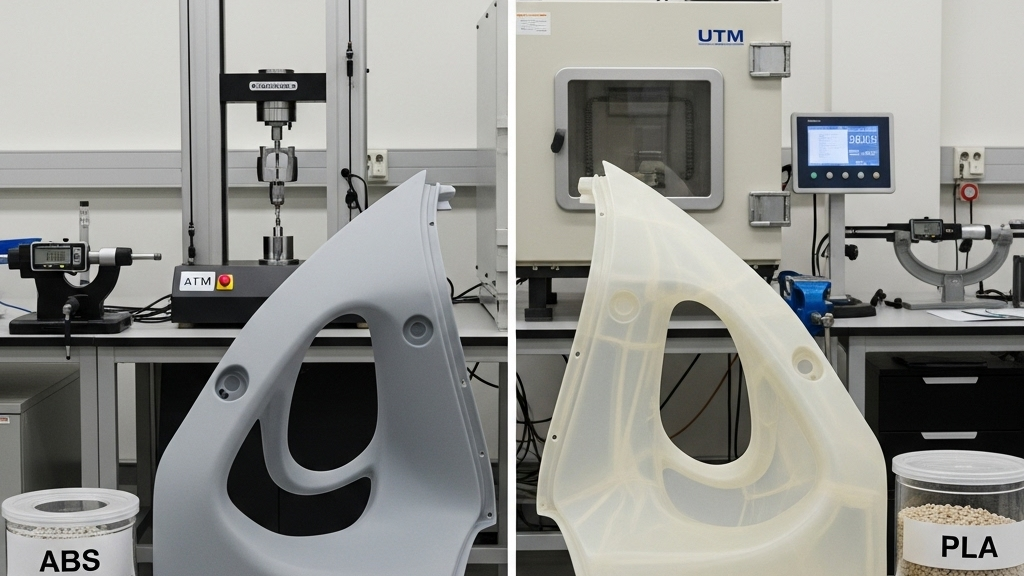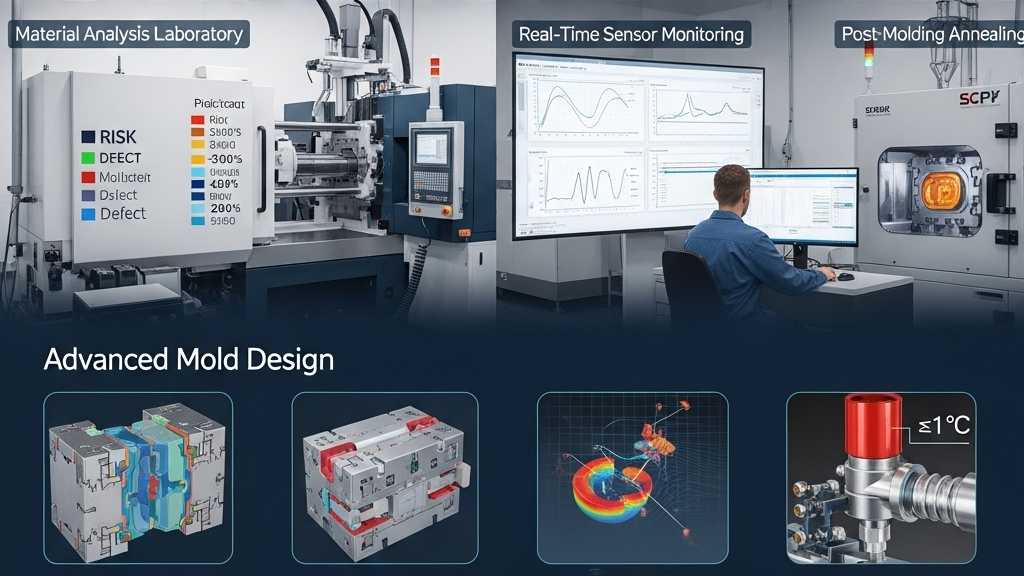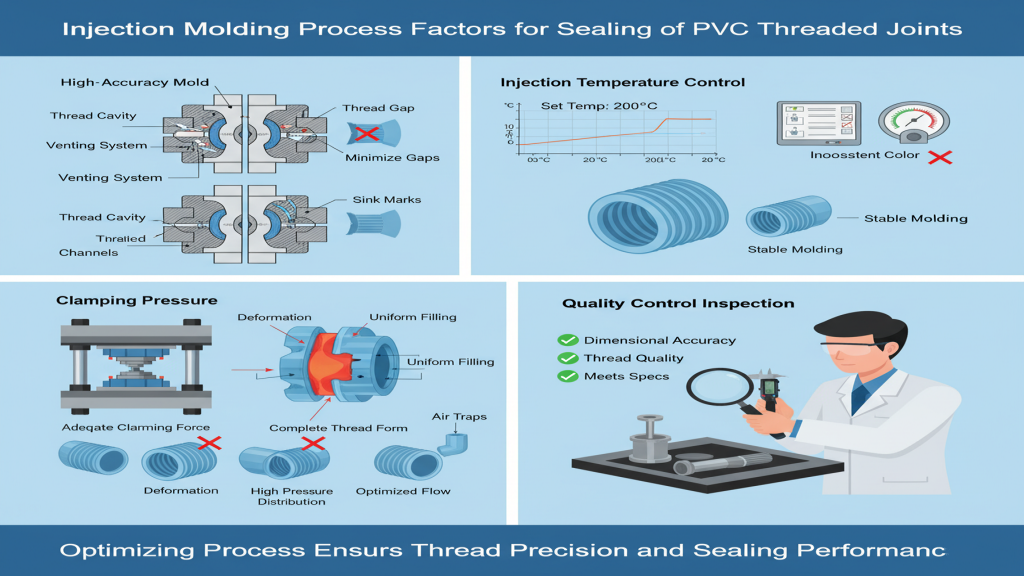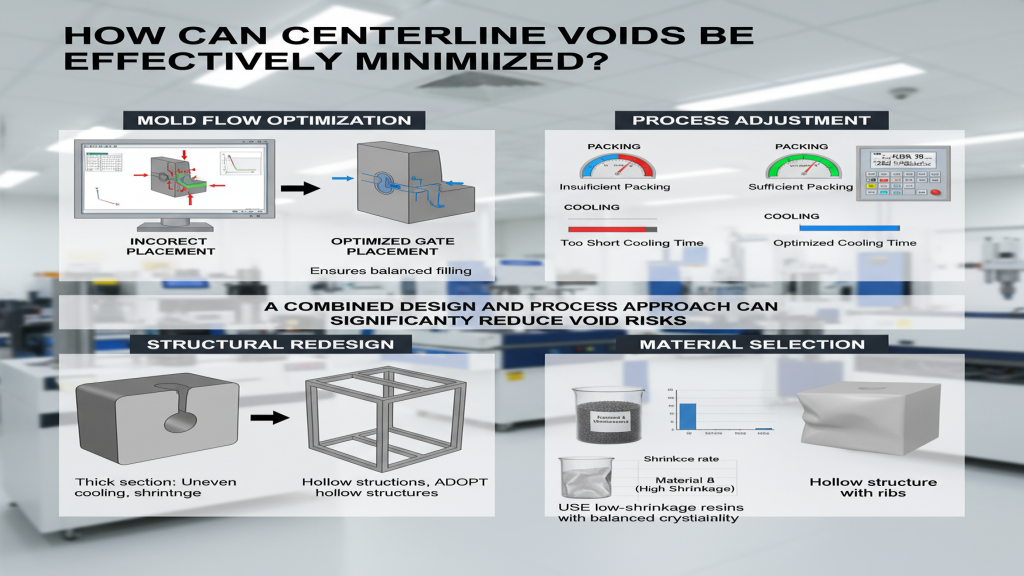
As industries like automotive, appliances, and machinery increasingly demand lightweight designs and cost efficiency, the trend of "plastic replacing steel" is becoming more prominent. Engineering plastics now exhibit high mechanical strength and durability, gradually breaking through the traditional use of metals. Plastic substitution is not merely a material change—it is a manufacturing revolution.
By applying high-performance plastics through injection molding, manufacturers reduce component weight and optimize both production cycles and tooling costs. This technological shift opens new opportunities for cost-effective manufacturing.
Can Plastics Handle the Structural Load of Steel?

Modern polymers like PPS, PA6, and PC+GF offer excellent tensile strength and impact resistance, meeting the mechanical demands of most structural parts. The synergy between material formulation and design is key to replacing metal with plastic.
- Enhanced Plastic Formulations: Long-fiber composites can improve strength by up to 300%.
- Structural Design Optimization: Ribbing and wall thickness design improve load capacity.
- Welding/Insert Reinforcement: Local reinforcement achieved through hybrid designs.
- Mechanical Simulation Support: CAE tools help validate structural stability.
How to Manage the Risk of Plastic Thermal Deformation?

Thermoplastics may deform or creep under high temperatures, making it critical to manage HDT and CTE in structural parts. Proper material selection and design effectively prevent thermal deformation issues.
- High-HDT Material Selection: PPS and PEEK perform well under heat.
- Wall Thickness Control: Even wall design prevents stress concentration.
- Metal Core Encapsulation: Enhances rigidity and thermal stability.
- Smart Product Layout: Prevents thermal hotspots and distortion.
Is Injection Molding Precise Enough for Dimensional Accuracy?

Through precision tooling and stable process parameters, issues like warpage and shrinkage can be minimized to ensure consistent sizing. Plastic molding processes now meet the precision demands of most mid-to-high-end components.
- Precision Mold Engineering: Tolerances can reach micron levels.
- Closed-loop Temp/Pressure Control: Ensures consistency across parts.
- Post-Processing Options: CNC or laser finishing for corrections.
- Multi-Cavity Calibration: Enhances stability in mass production.
Plastic vs. Steel in Structural Applications
| Feature | Material Cost | Production Cost | Weight | Structural Stability | Process Complexity | Lifespan | Recyclability |
|---|---|---|---|---|---|---|---|
| Steel Component | High | Medium | Heavy | High | High | Long | Medium |
| Plastic (PA+GF) | Medium | Low | Light | Medium-High | Medium | Medium | High |
| Plastic (PC+GF) | Medium-High | Medium | Light | High | Medium | Medium | High |
| Plastic+Metal Hybrid | High | Medium-High | Medium | High | High | Long | Medium |
Application Strategy Optimization
To maximize the benefits of plastic-over-steel substitution, companies must coordinate on material selection, mold design, structural optimization, and application scenarios. Holistic consideration is key to reliable replacement.
1.Material Strategy: Match plastic types to operating conditions.
2.Tooling Strategy: Reduce time-to-market and improve yield.
3.Design Strategy: Ensure stability and minimize stress concentrations.
4.Validation Strategy: Systematic testing to verify performance.
Conclusion
“Plastic over steel” is more than a material change—it's a comprehensive shift in process and product development. Companies must carefully weigh mechanical, thermal, and precision requirements in substitution projects. It’s a system-level transformation integrating materials science and manufacturing strategy.
For expert assistance in implementing for your production needs, visit our resource center or contact us. Let’s help you scale up your manufacturing with precision and efficiency!







